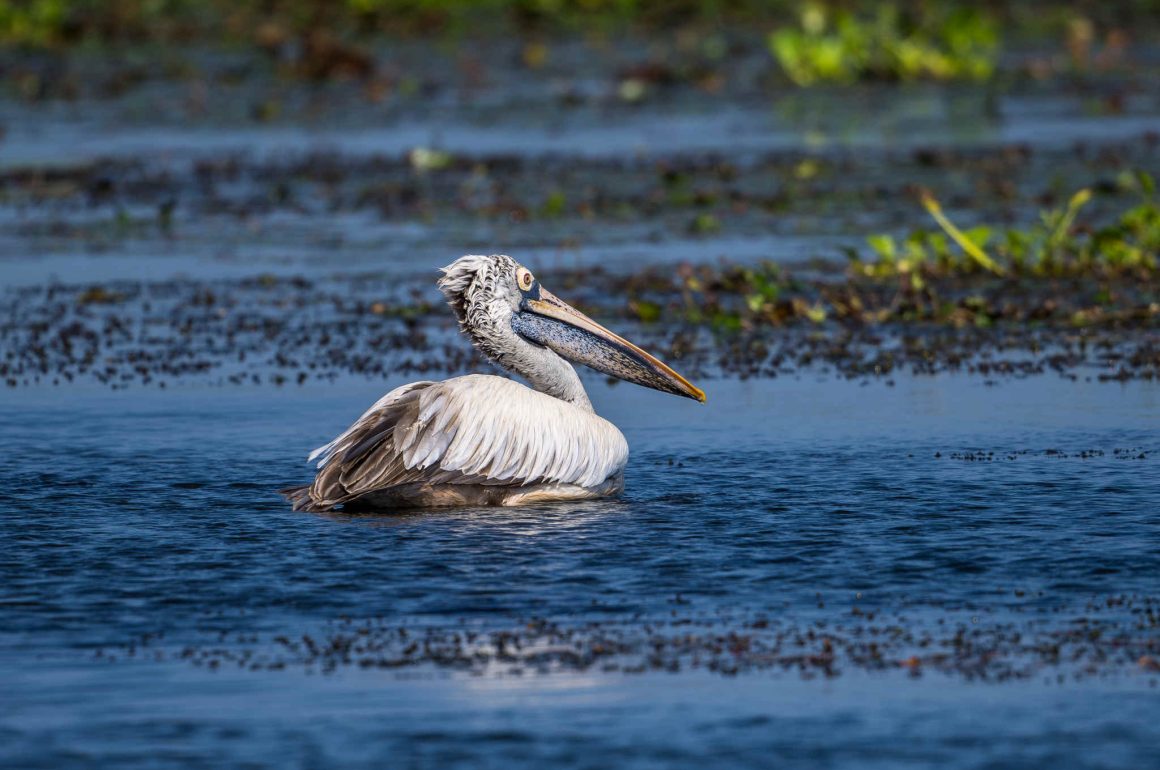
Had I been born much earlier, I might have seen a Spot-billed Pelican in Shanghai. Apparently, a female was sighted on March 24, 1931. Thirty years later, in 1963, the last specimen was recorded in China. However, since then, the distribution of the species has been much reduced (source). It is now breeding mainly in India, Sri Lanka, and Cambodia (source: HBW).
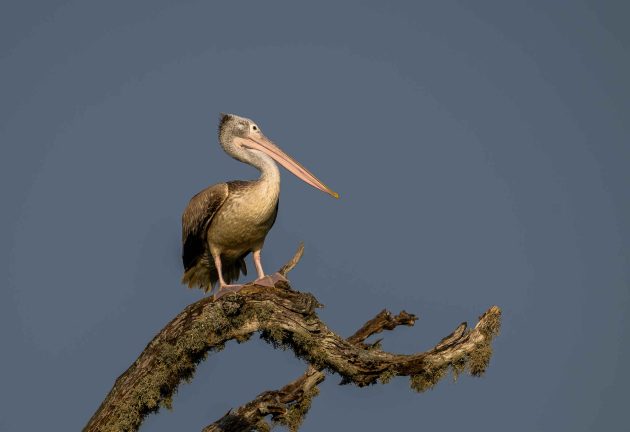
This range reduction is also indicated by its scientific name Pelecanus philippensis (as the species can no longer be found in the Philippines) …

… and its classification as Near Threatened.
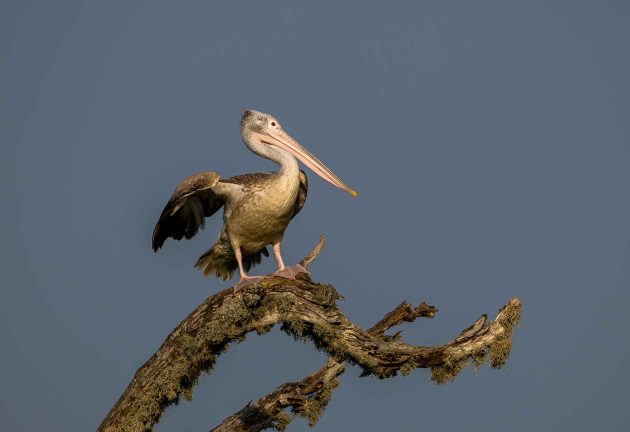
One paper provides an ethogram of the Spot-billed Pelican (and I am afraid I had to look up what an ethogram is: “An ethogram is a catalog or inventory of all the distinct behaviors exhibited by an animal species”).

It lists 25 individual behaviors grouped under nine different categories: resting, alert, comfort/maintenance, locomotion, foraging, antagonistic, sexual, chick care and foraging, and vocalizations.
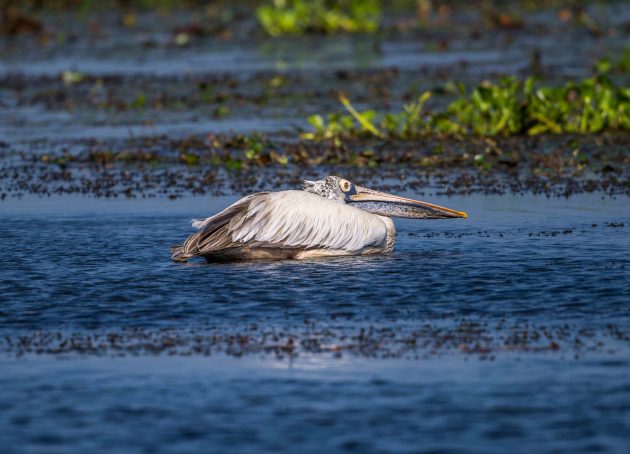
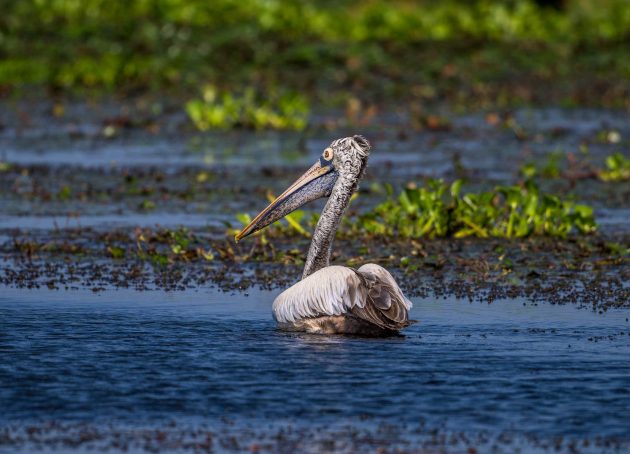
While these descriptions may be too detailed for most readers of this blog, it is worth checking the paper out for the drawings of the different behaviors – they are both cute and highly illustrative. Fortunately, the author, Dr. V. Gokula, allowed me to share some of them:

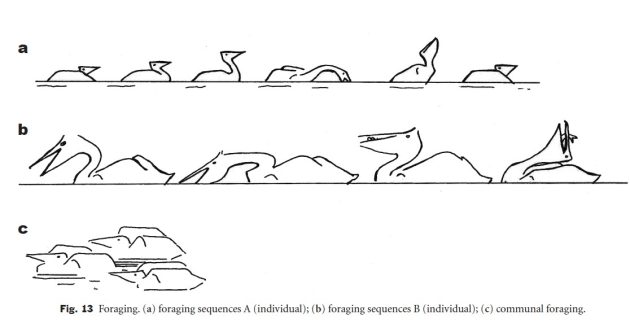
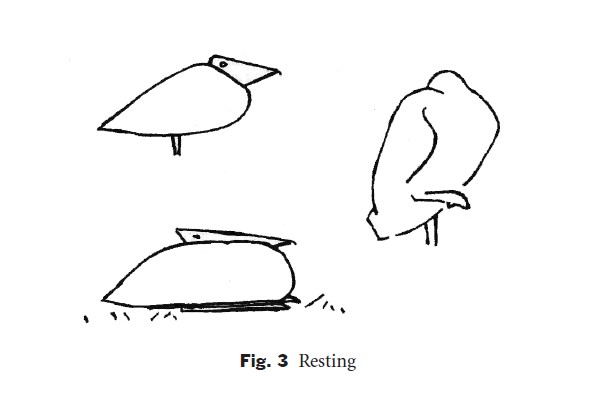
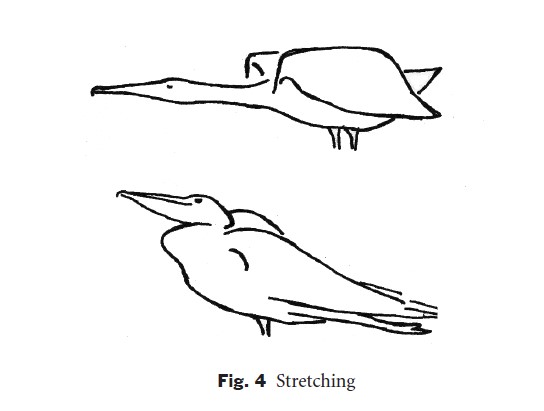
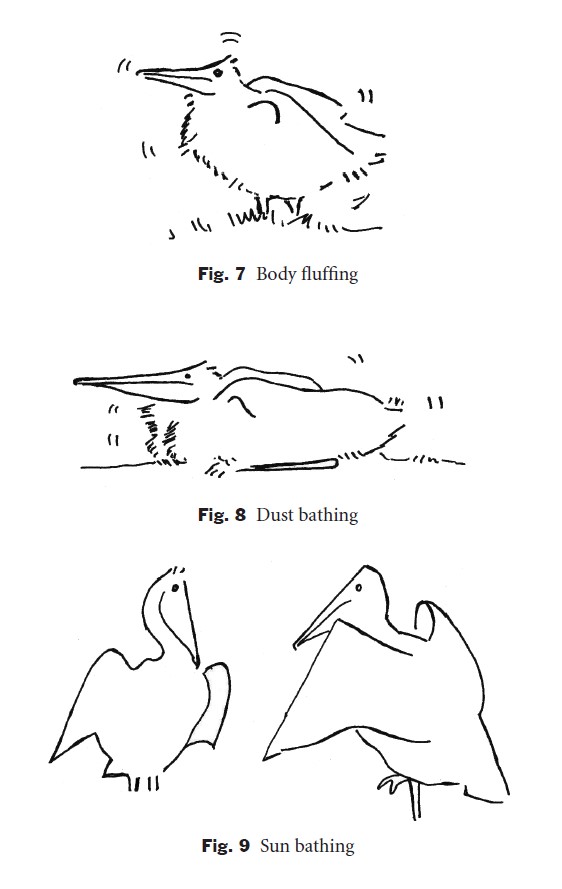
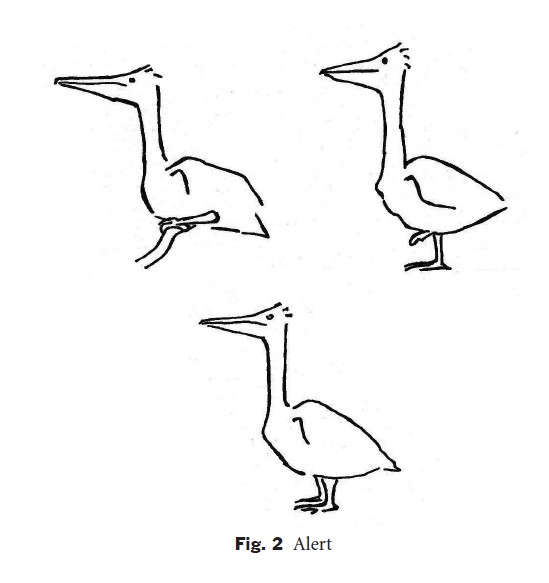
One problem for the pelicans is that their roosting and nesting trees are getting rarer as trees are being cut. The result: Overcrowding (source).
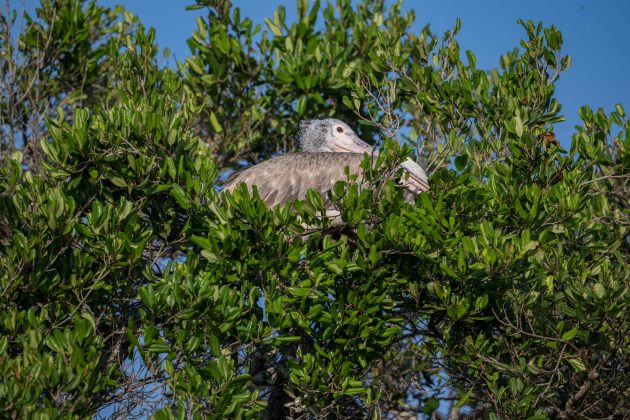
Another result: pelicans using telecoms towers as roosting sites (source), which a paper almost poetically calls “Urban Sky Roosts”.

If you want to know what the pelicans do all day (or want to place a photo of a flying pelican in the appropriate context), this has also been researched. The morning is mainly for foraging, midday for flying/soaring, and the afternoon for preening.
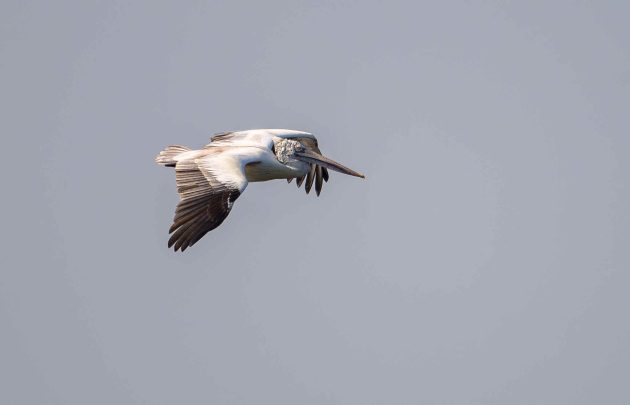
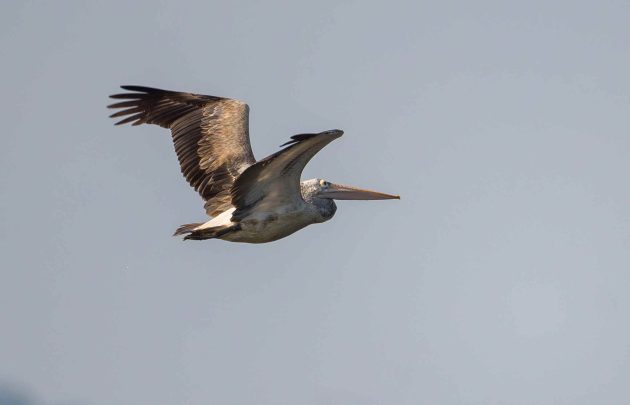
There is even a paper just looking at the published papers on the Spot-billed Pelican. So, at the time of publication of that paper (in 2013), 380 works had appeared on the species. Most appeared as articles in journals (48.2%), while there were also 4 dissertations, 76 reports, and 6 articles in popular science magazines.
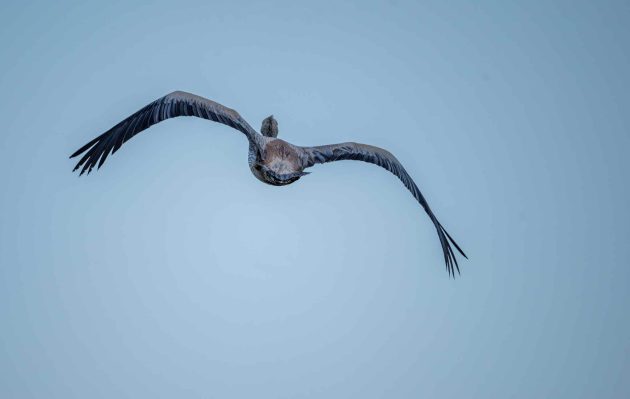






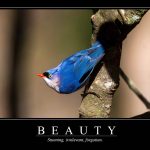
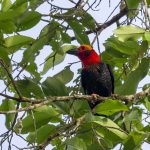
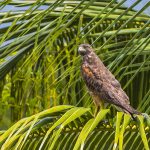


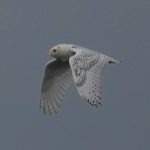
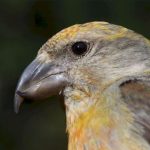
My friend Brad has a strong opinion about pelicans and the pictures may confirm his prejudices, but the text may help him overcome his bias against them. Seems Spot-billed Pelicans need friends as well as trees.
I like pelicans. They are cute in their ungainliness. The drawings were great.
I loved the drawings, too, and was happy that the author allowed me to use them.